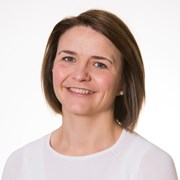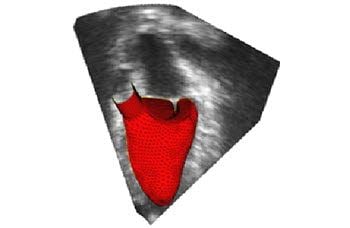Cardiovascular disease is the leading cause of death in industrialized countries and the incidence rate is expected to increase due to increased life expectancy in the population. As a consequence, health spending is rising and causes significant challenges in each country's health budget. New techniques that can reduce health care costs and at the same time improve the patient's quality of life will be crucial. One example is leakage of the valve (mitral valve) between the left atrium and the left main chamber. The prevalence of mitral valve disease increases with age, and is around 10% among patients above 75 years of age. Every year, about 200,000 North-Americans and Europeans undergo mitral valve surgery to a total cost of more than US $ 8 billion. Up to 10% of these patients require reoperation for recurrent mitral valve dysfunction. This represents an additional cost of at least US $ 40 million. In addition, the reoperation is more complicated and morbidity and mortality are significantly higher. Even though an impressive list of different surgical techniques is available, clinicians cannot test alternative treatments for a patient prior to surgery and thereby ensure the best possible outcome.
Due to advances in computational- and medical imaging technology, it is now possible to generate simulation models from medical imaging data of an individual patient. Such patient-specific models can help us to understand the complex flow phenomenon inside the heart and provide us with flow details on a level not possible by medical imaging alone. The long-term goal is to enable clinicians to predict and evaluate the outcome of alternative repair techniques prior to surgery in order to improve the surgical outcome and thereby reduce the number of reoperations.
Biomechanics is a rapidly growing field and involves the modeling and analysis of live tissues, organs and the mechanical phenomena occurring therein. Biomechanics involves elements from several classical domains like fluid mechanics, structural mechanics, numerical analysis, mathematical modelling etc. SINTEF has world class expertise in these fields, acquired through oil and gas research among other things. In this project we want to translate this expertise into patient - specific simulation models of the heart. The main focus will be the mitral valve and the flow in the left side of the heart. The project is highly multidisciplinary and we are therefore working closely with clinicians from Rikshopitalet and St. Olav in addition to several groups at NTNU.

